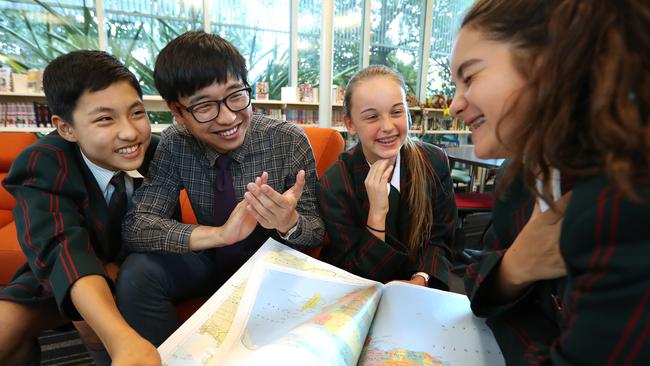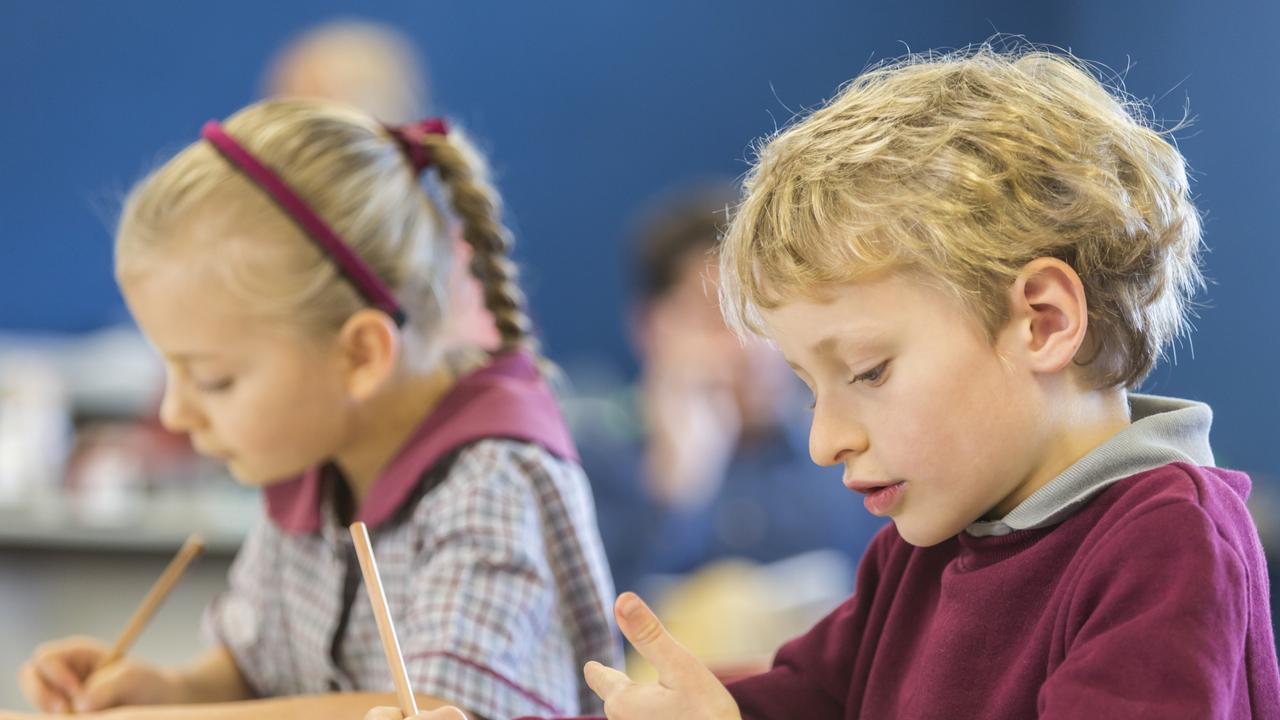Teaching graduates find it tough to break into the classroom
Fewer than half of all new teaching graduates are working full-time in classrooms.

Fewer than half of all new teaching graduates are working full-time in classrooms, with workforce data highlighting a dramatic mismatch in the teacher supply pipeline.
The most comprehensive study of national teacher training courses reveals only 46 per cent of those who recently completed undergraduate degrees are working full-time in schools.
And just 40 per cent of postgraduate students are full-time in schools, according to the Initial Teacher Education: Data Report 2017, released yesterday by the Australian Institute for Teaching and School Leadership.
“The bottom line here is we’ve got a problem nationally matching supply and demand in teaching,’’ AITSL chief executive Lisa Rodgers said. “Some states and territories have really good information about how many teachers they’ve got, how many teachers they need and what the demographics look like, but across the country we don’t. We don’t have enough information on how many teachers are going into the profession, how many types of teachers we need, and where we need them.’’
WEBSITE: Initial Teacher Education: Data Report 2017
In response, AITSL has been tasked with building the Australian Teacher Workforce Data Strategy, which will bring together data from teaching courses and teacher registration authorities to better match the supply of teachers with demand.
The report shows that while recent graduates may have difficulty securing jobs in schools, they have a high success rate in finding employment in other areas.
Paul Browning, the principal of St Paul’s School in Brisbane, said “mathematics and science positions are harder to fill than PE (physical education) or humanities positions … but we still get a reasonably good pool of applicants to choose from’’.
Seong Hun Kim, a first-year teacher at St Paul’s who studied an undergraduate degree at the University of Queensland, said many of his university colleagues were struggling to find work.
“When I applied for teaching jobs, I looked everywhere — both metropolitan and regional-based jobs — and I feel that most graduates want to stay in metropolitan areas,” the 26-year-old history and geography teacher said. “I feel this makes competition for city-based jobs very tight but there’s probably more opportunities if people were to go in regional areas.’’
The report finds 288 students entered a teaching course in 2015 with an Australian Tertiary Admission Rank between 30 and 50, well below the average of 70.
Education Minister Simon Birmingham said universities needed to take responsibility for the students they enrolled, which meant “being honest about their abilities and potential rather than simply looking at them as ... cash cows’’.
Dr Browning, from St Paul’s, is calling for the university admissions process to be handed to an independent board to “assess their suitability to teach, including psychometric testing, academic performance and an interview’’.


